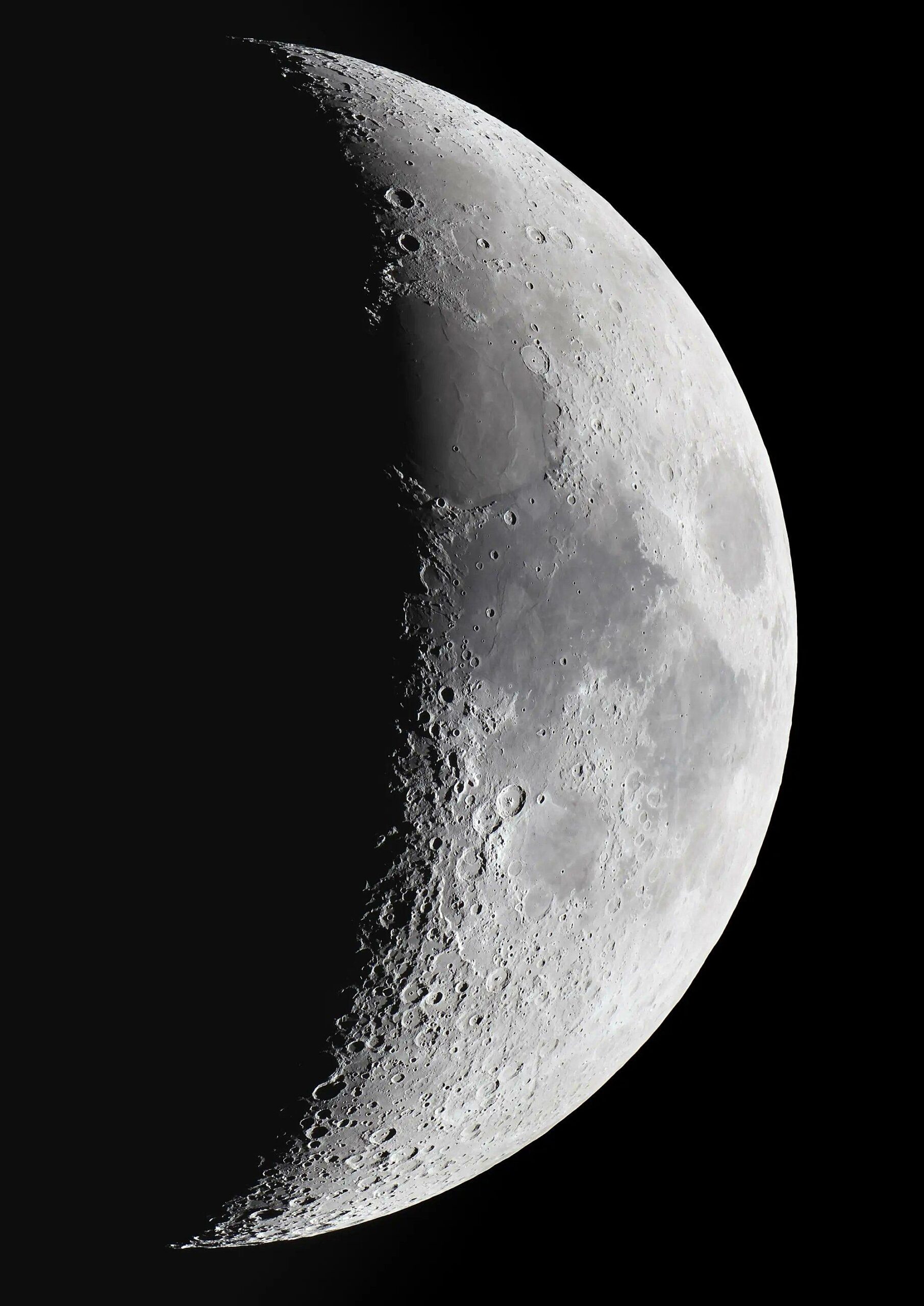The Perseids, one of the most spectacular meteor showers of the year, has already dazzled stargazers, but the summer sky still has more in store. In just a few weeks, the first supermoon of 2024 will grace the night sky.
This particular supermoon, the first of four this year, will not only be larger than average (appearing up to 7 percent larger), but it will also be a rare occurrence as it will also be a blue moon. Traditionallly, the August full moon is referred to as the Sturgeon Moon. Moreover, this supermoon will overlap with the planet Saturn, providing an abundance of lunar events for sky gazers to savor this summer.
On August 19th, at 2:16 p.m. EDT, the moon will reach its fullness, although it won’t be visible until after sunset when it appears almost fully illuminated to the human eye. Full moons are always positioned directly opposite the sun, leading them to rise in the east just as the sun sets in the west.

To understand the terms “supermoon,” “blue moon,” and “Sturgeon Moon,” let’s dive into the details. Supermoons appear larger due to the elliptical shape of the moon’s orbit, which causes it to be closer or farther away from Earth at different points in its orbit. When the moon is at its closest and appears larger, it reaches its perigee. On August 21st, very close to the full moon, it will be a supermoon in its true sense. Although exact precision is rarely achieved, being in close proximity to the perigee qualifies a full moon as a supermoon.
Conversely, when the moon is at its farthest point from Earth, known as the apogee, and a full moon occurs, it is referred to as a micromoon, the opposite of a supermoon.

As for the Sturgeon Moon, it is the traditional name given to the full moon in August. These traditional names originated from both Colonial and Native American cultures. The name “Sturgeon” is linked to the abundant catches of giant lake sturgeon in the Great Lakes and Lake Champlain, an important source of food for Native tribes in the region.

In summary, get ready to witness the extraordinary spectacle of a super blue Sturgeon full moon.
But before the moon fades into obscurity, it still has one more surprise. On August 21st, it will be positioned next to the planet Saturn and appear to pass just above it when viewed from certain locations on Earth. This phenomenon is known as an occultation, which occurs when one celestial body passes in front of another. While Latin America, Europe, and Africa may have the opportunity to witness the moon occulting Saturn, Americans will have a close encounter as the full Sturgeon moon comes remarkably close to the north of the ringed planet shortly after sunset, around 11 p.m. EDT.
Discover more from Tension News
Subscribe to get the latest posts sent to your email.

